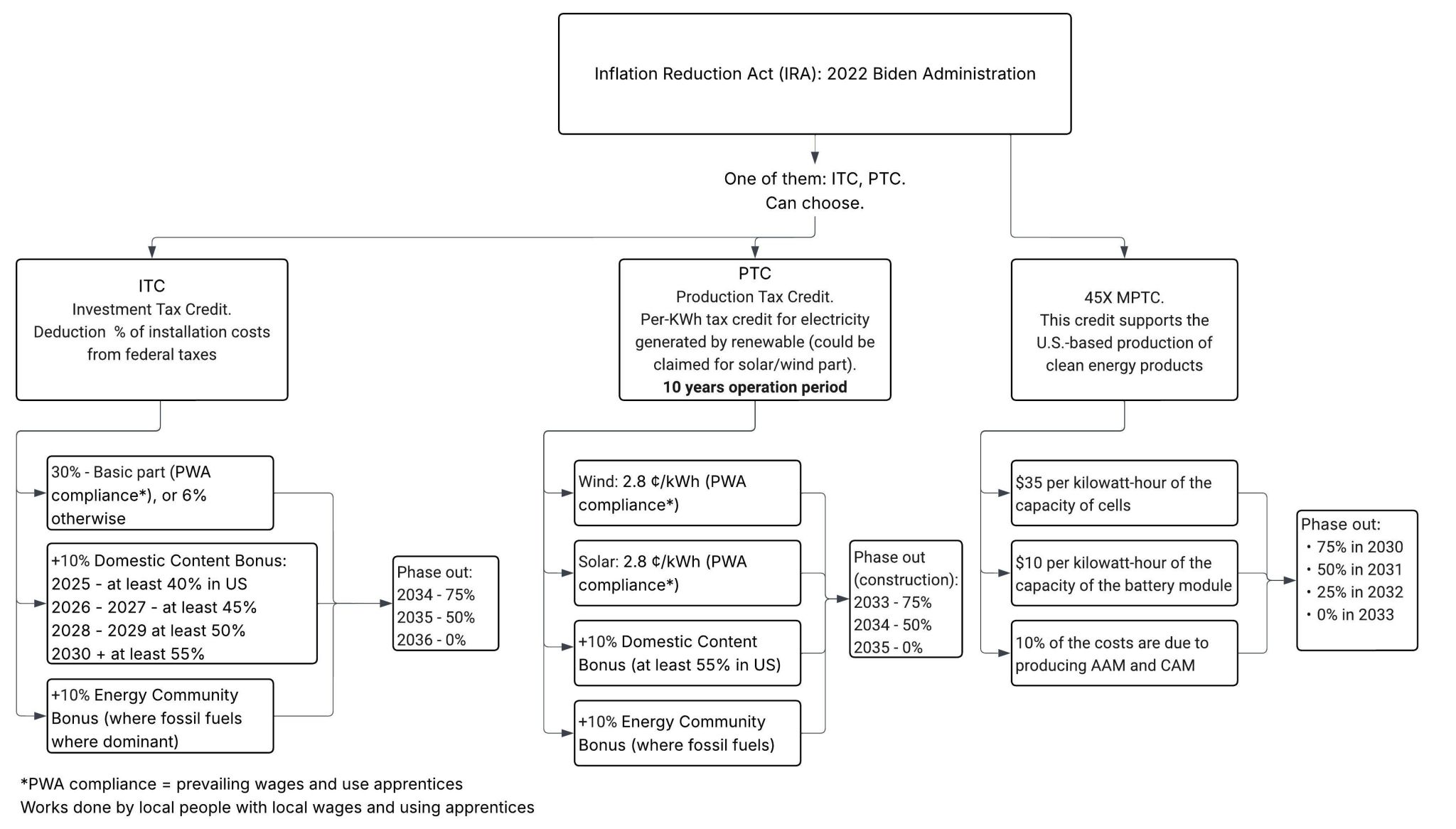I've been hearing about "global warming" since middle school. This "shocking news" has always been around, but let's face it – when you're exposed to something for a prolonged period, it becomes mundane, and you start to overlook it, never treating it as a genuine threat. Global warming is a classic example of risk desensitization.
But how do we pinpoint the moment when this hypothetical threat begins to change into something more tangible?
Now is the ideal time to examine the data as an impartial judge. Below, you will find three graphs that compellingly demonstrate ongoing changes and their accelerating momentum:
1) Global sea surface temperature in 2023/2024 (in Celsius), compared with the temperatures from 1982-2024. Brighter colors indicate more recent years. An abundance of bright colors at the top clearly indicates that the ocean is warming up year after year with huge anomaly last 2 years (El Nino hello).

2) Global sea surface temperature in 2023/2024 (in standard deviations) – the same graph but with standard deviations on the Y-axis. This approach is more data-scientific correct and underscores the seriousness of the issue. Remember, the "natural" probability (assuming normality) of a one-sided event with a standard deviation >4 is less than 0.006334% (I hope I still remember how to use Z tables). That is a really small chance, so we can easily tell that there is “artificial anomaly.”

3) Hottest years on record graph – this graph shows that before the 1990s, the average temperature was relatively stable, and fluctuations could be attributed to natural processes. However, since the 1990s, there has been a noticeable upward trend in temperatures, which is accelerating.

Natural processes are typically gradual and cumulative, but once set in motion by human activity, reversing them is no simple task that won’t be possible to do in a several of years.
So, for me, it's evident – changes are underway, and they are accelerating, especially in the last decade. And these changes will pose numerous challenges in the coming decades, even if we take action now. *Dreadful music playing*
P.S. But don’t forget: “Challenges can be the catalysts for new beginnings and opportunities.”
P.P.S Like, Share, Comment. Let's break this risk desensitization.
#globalwarming #climatechange #saveplanetearth #saveplanet #renewableenergy #future
Connect me on LinkedIn: https://www.linkedin.com/in/ssyrvachev/





